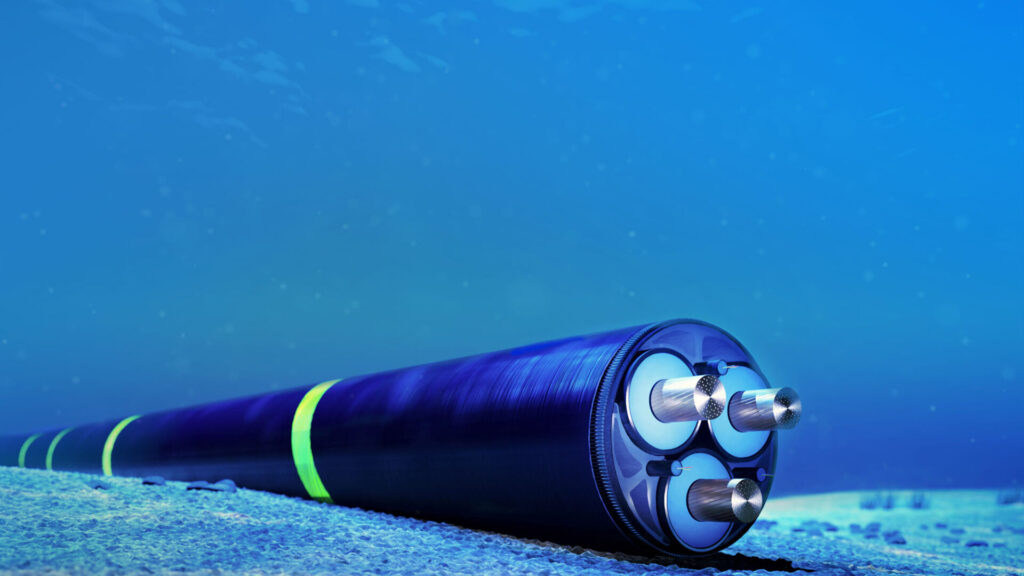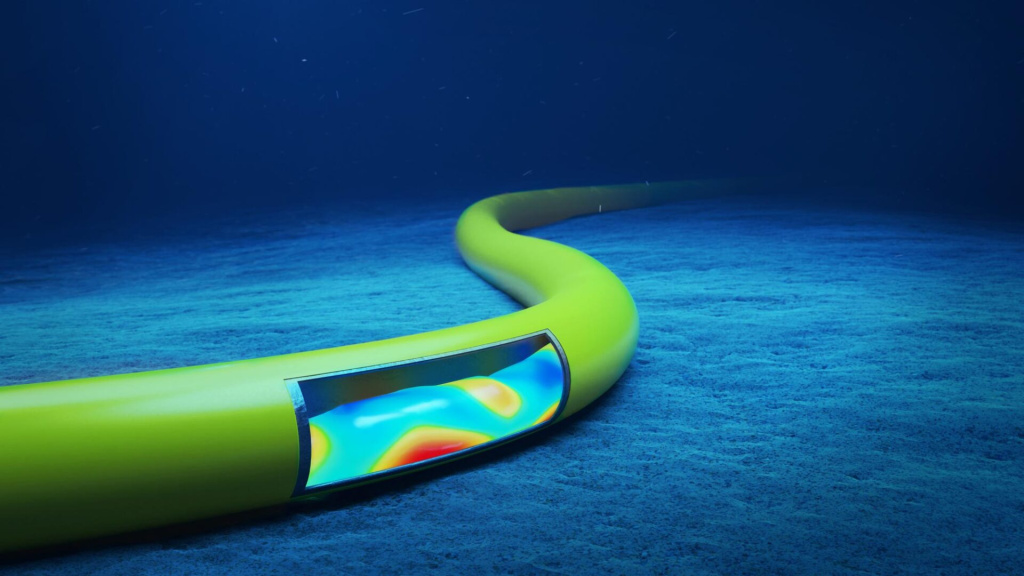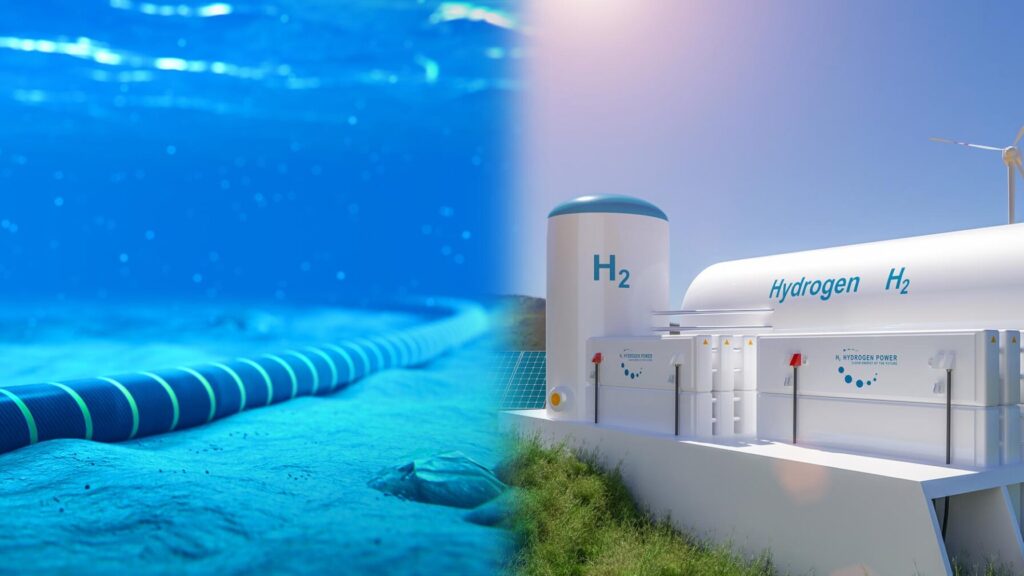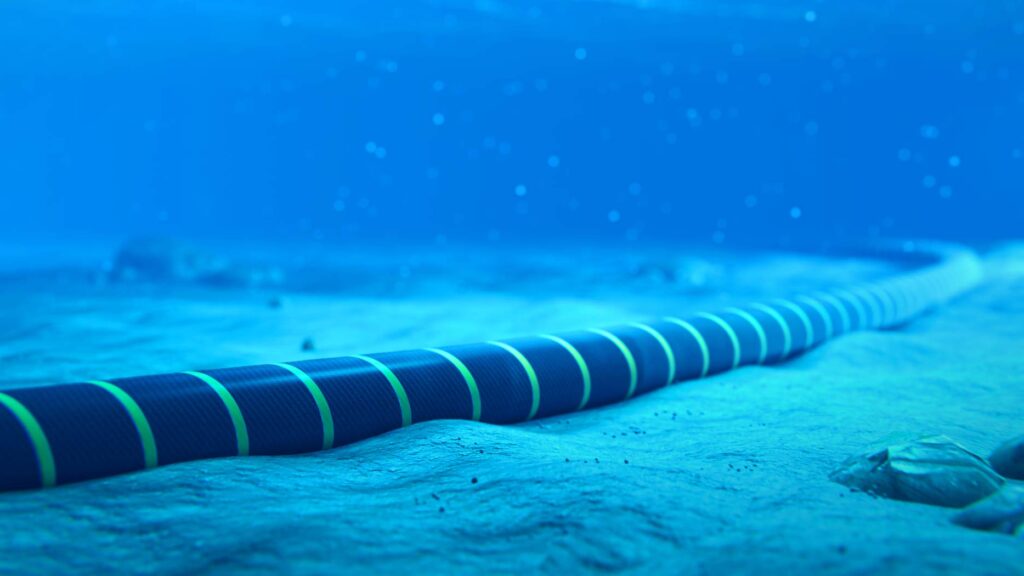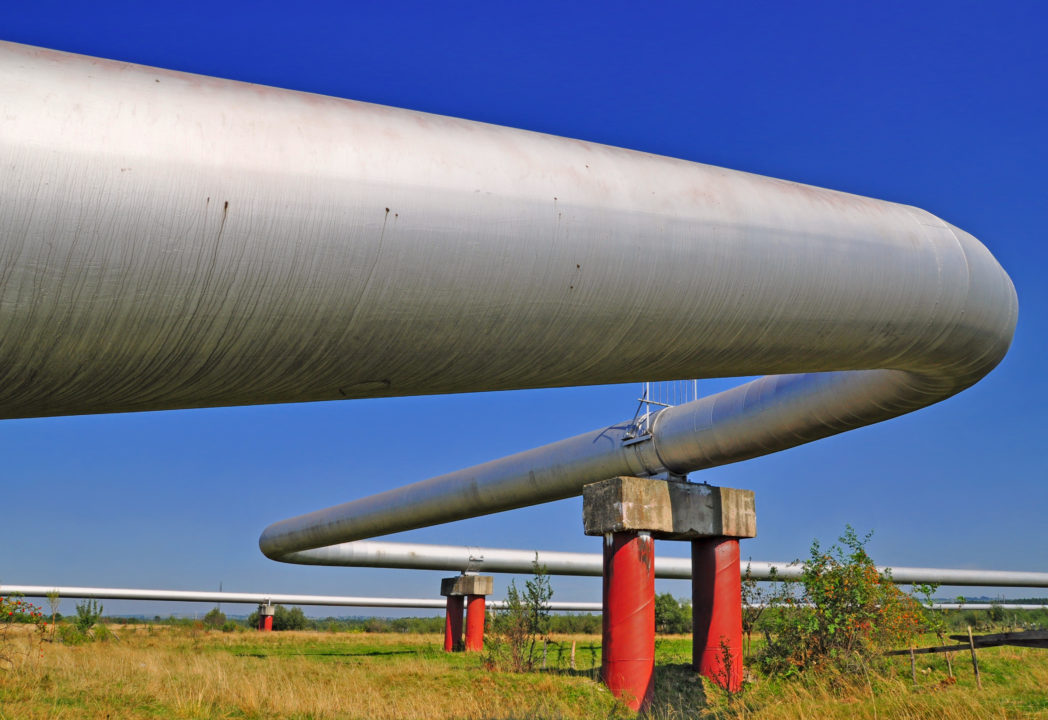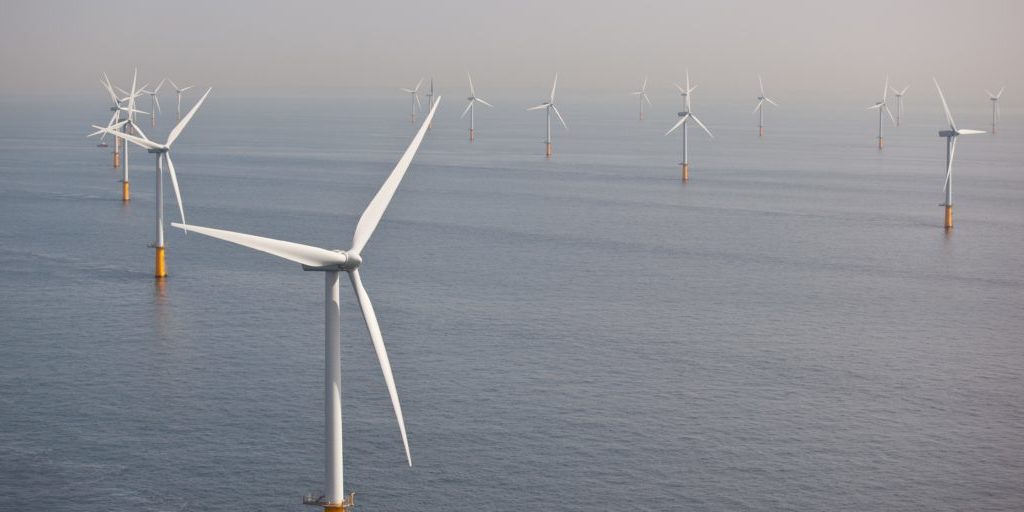Tracking down the cause of water tree issues in wet design high voltage subsea cables
Co-authors: Sverre Hvidsten, SINTEF; Cédric Lesaint, SINTEF; Mari-Ann Einarsrud, NTNU; Inger-Emma Nylund, NTNU; Per Erik Vullum, NTNU. Improving the subsea cables that connect…
Environmental Assessment of the Cold Flow Technology
What are the environmental impacts of using cold flow technology to transport hydrocarbons? In this article, I will discuss this question based on…
Beyond the shelf: 3 ways LowEmission innovations will benefit industries beyond oil & gas
From 2019 to 2026, the LowEmission research centre will develop new technology and concepts for offshore energy systems and integration with renewable power…
High voltage subsea cables: reducing costs by simplifying design
High voltage subsea cables are crucial to electrify oil platforms – and for many other uses such as connecting floating wind farms. Currently,…
CO2 impurities: What else is there in CO2 except CO2?
In the IMPACTS project we study the impact of impurities in captured CO2 on transport and storage. Questions we would like to answer…
Supercritical nitrogen may make subsea circuit breakers more cost effective (And promote a greener offshore industry!)
Guest blogger: Egil Viken, summer researcher at SINTEF Energy Research Contact: Nina Sasaki Støa-Aanensen, Research Scientist at SINTEF Energy Research In this blog we…

